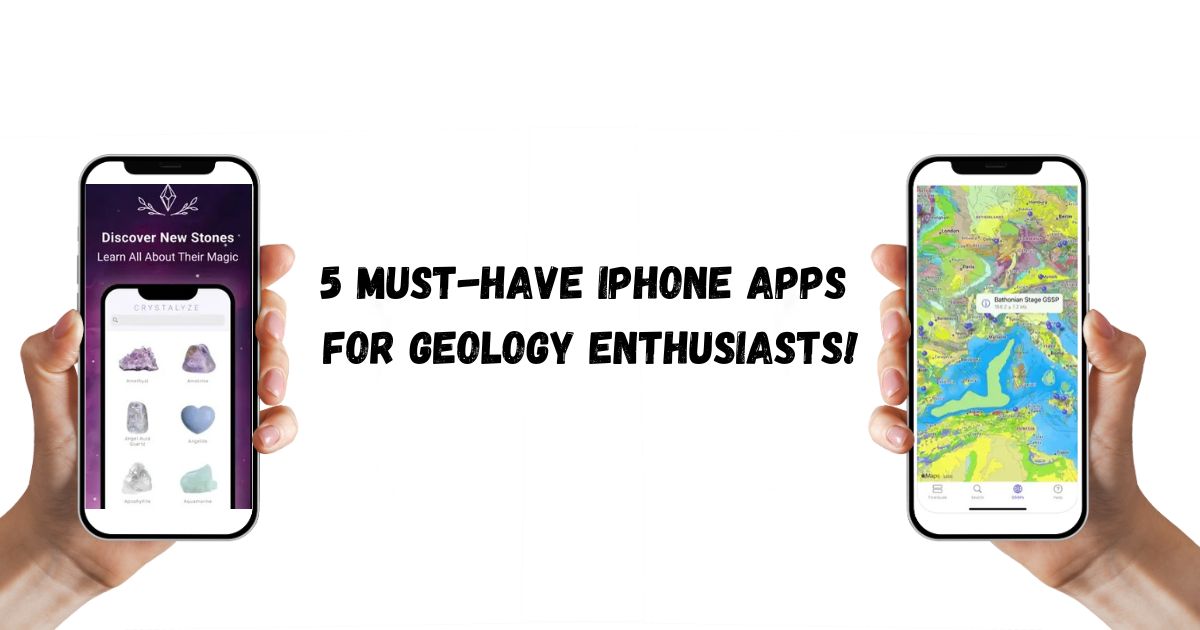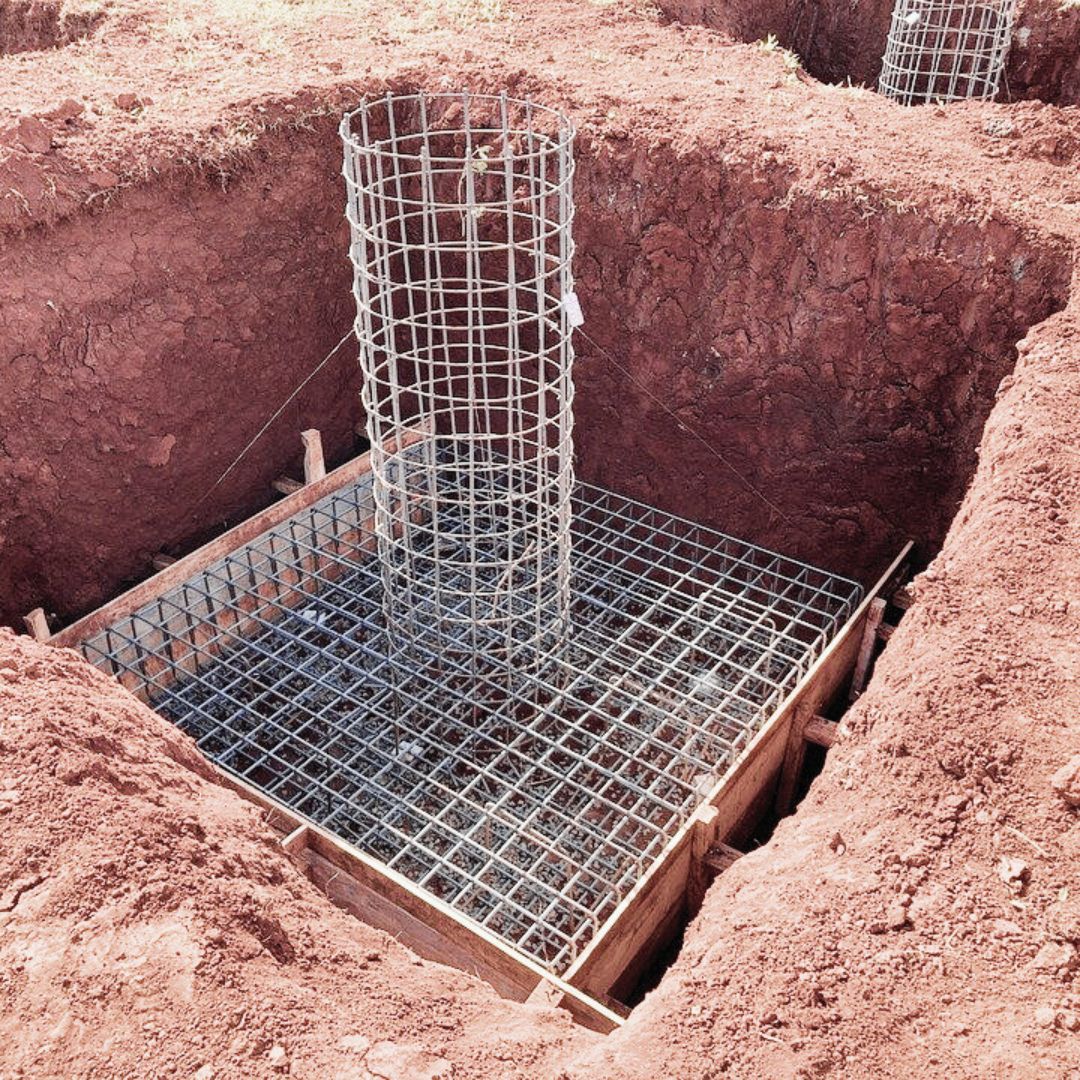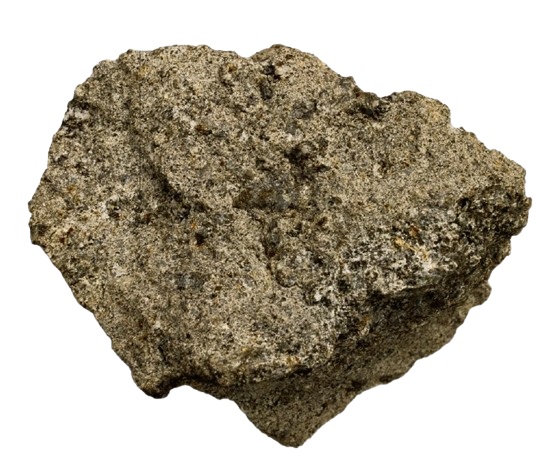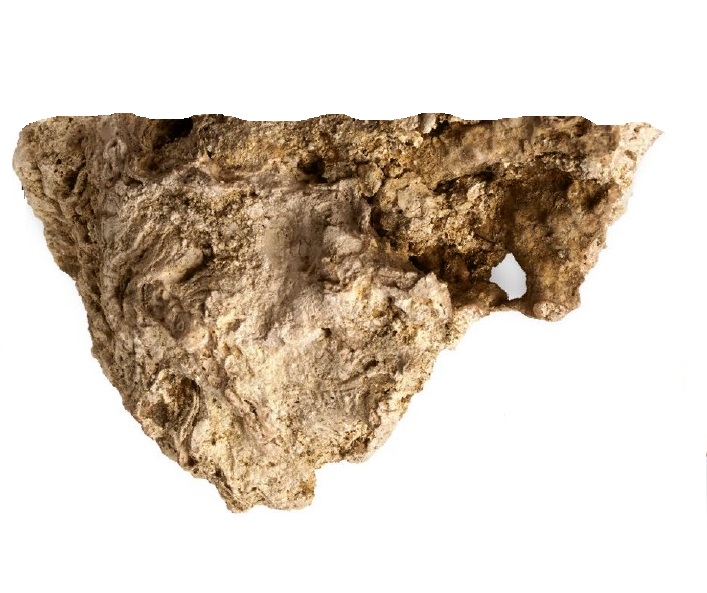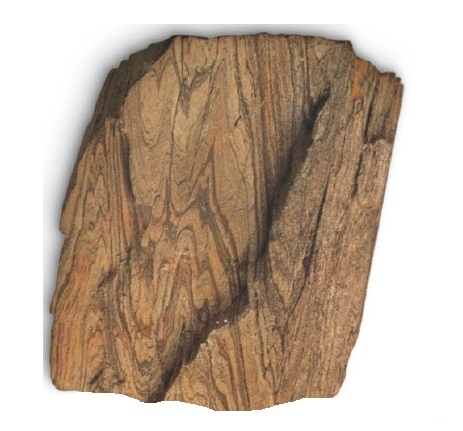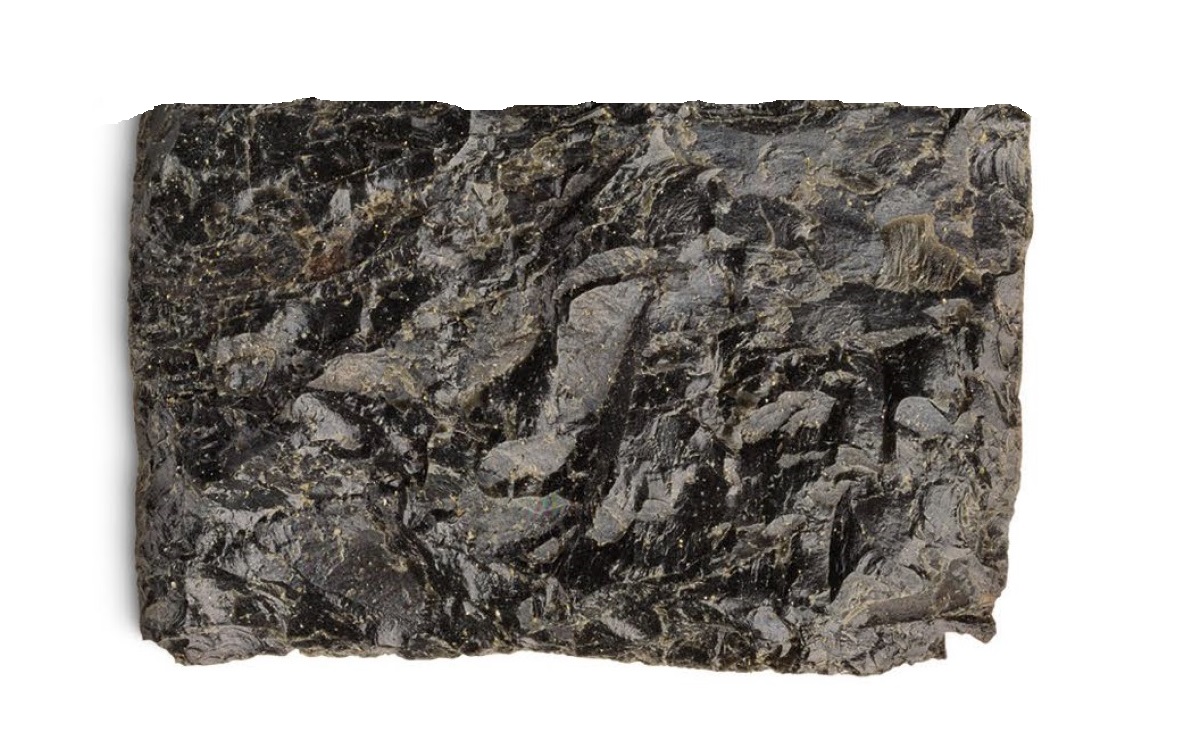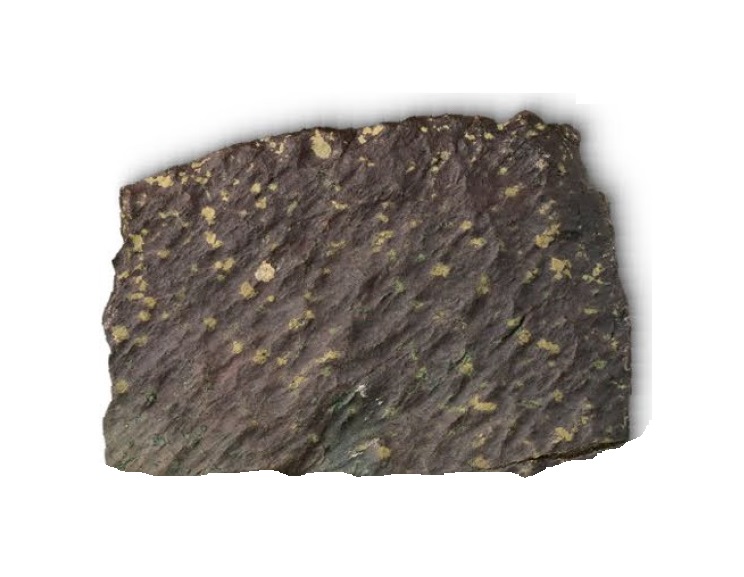What is the connection between volcanic activity and geothermal energy?
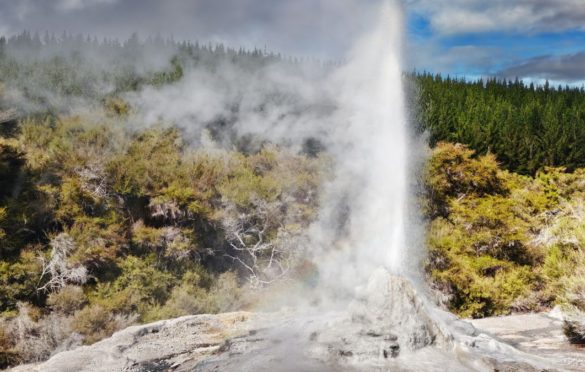
Geothermal energy is created as heat from active volcanoes, or geologically young inactive volcanoes that are still giving off heat, warms underground natural fluids. Steam from high temperature geothermal fluids can be used to generate electrical power or drive turbines; lower temperature fluids can be used to heat greenhouses and for industrial uses, and hot or warm springs are often used at resort spas.
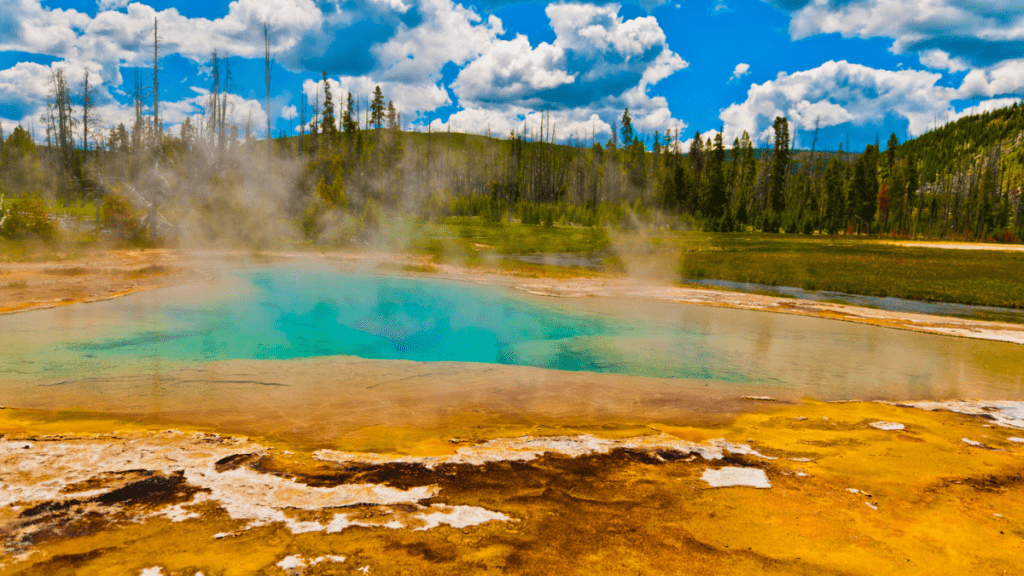
On the average, geothermal energy releases about 1I16th watt from beneath each square yard of the Earth’s surface (an area the size of a football field could, for example, run a 60 watt light bulb). Therefore, to make geothermal energy worthwhile, only volcanic regions that are “energy productive” have been developed.
Most exist in areas where geysers and hot springs are abundant, including Iceland (where geothermal heat warms more than 70 percent of the homes), Yellowstone, and New Zealand.
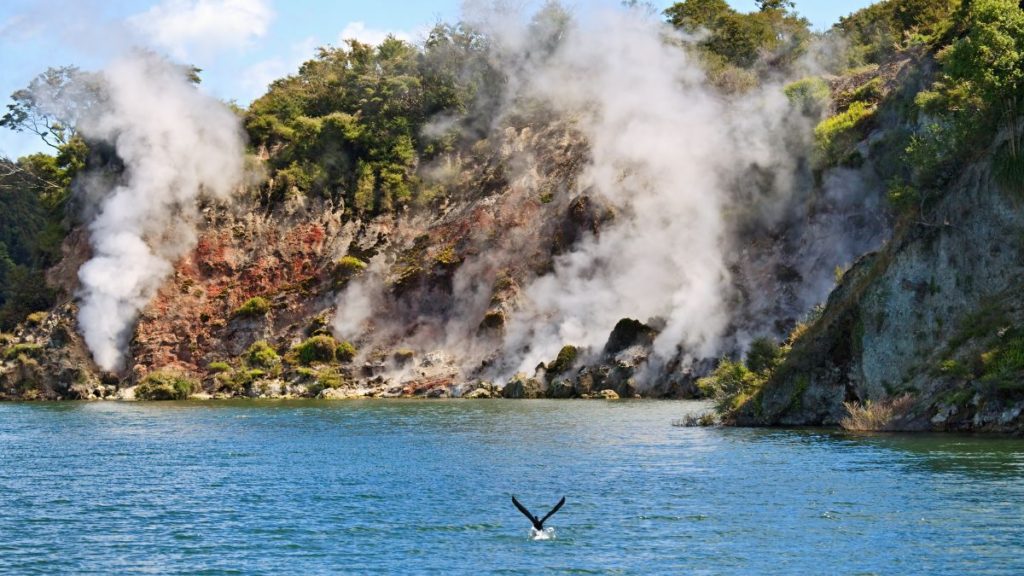
What are geysers?
Most geysers are hot springs that episodically erupt fountains of scalding water and steam. The majority of the world’s geysers are associated with regions of volcanic activity, areas that supply the necessary heat to boil shallow groundwater. (Although some “cooler” geysers erupt from cold or warm springs powered by gas pressure instead of boiling water.) In general, volcanic associated geysers need three ingredients: an internal source of heat to warm the groundwater in a confined space, a conduit (a natural pathway) that is almost water and pressure-tight, and enough water pumped in to keep the geyser erupting.
Geysers are actually quite rare, with only about 1,000 known on the planet. The world’s premier geyser fields are in Iceland, New Zealand, and Yellowstone National Park, Wyoming, which is home of the famous “Old F’aithful” geyser and over 400 others (close to half the geysers that exist in the world).


